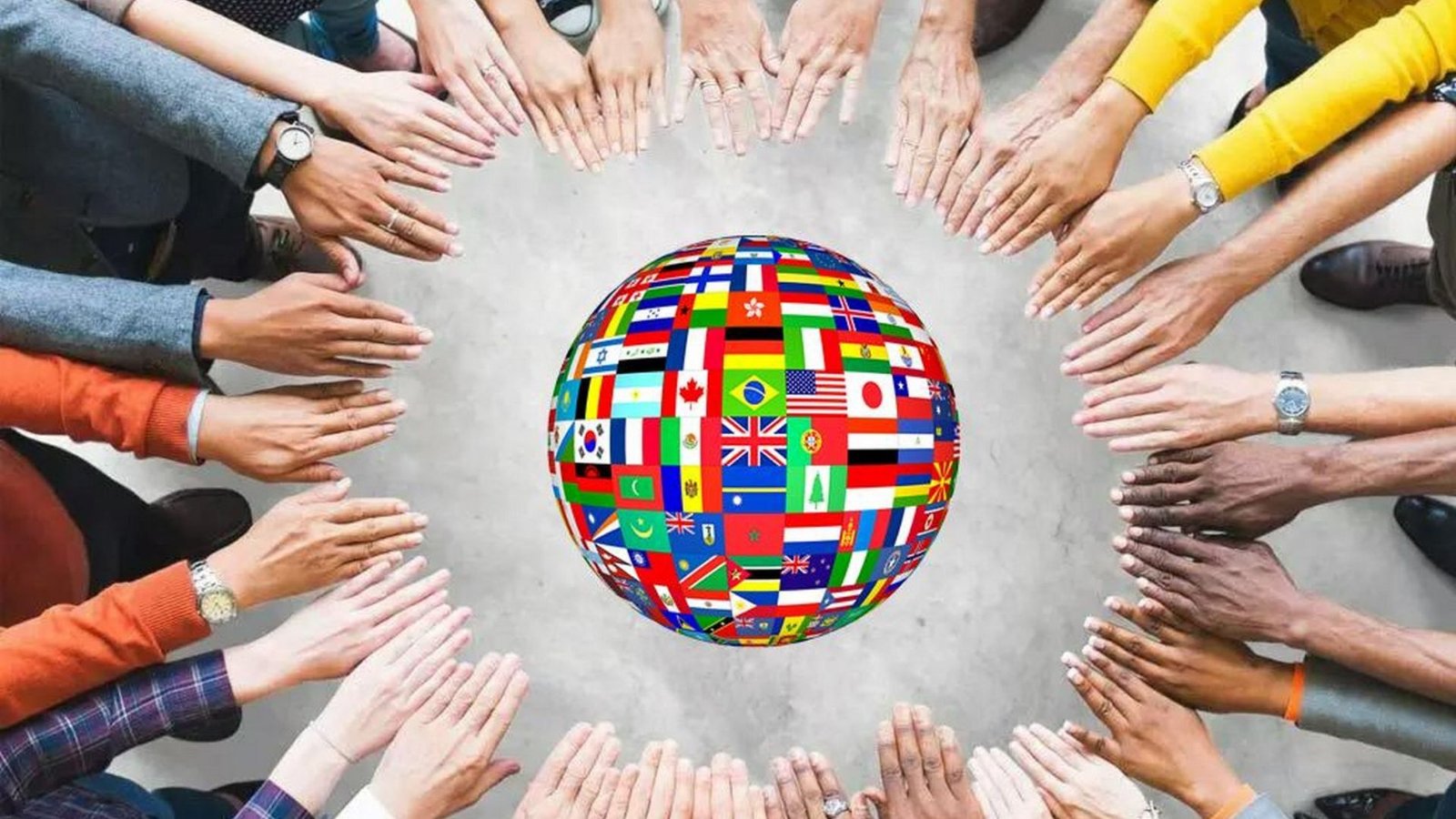When planning a cultural event, inclusivity should be at the forefront. Creating an inclusive cultural event ensures that everyone feels welcome and respected, regardless of their background or abilities. It’s not just about diversity—it’s about fostering a space where people can participate and feel valued. In this guide, we’ll look at how to create an inclusive cultural event that brings people together while honoring and celebrating different cultures.
1. Understand Your Audience
The first step in learning how to create an inclusive cultural event is understanding your audience. You need to know who is attending and what their needs are. This means considering the age, gender, cultural background, and abilities of your participants. Knowing this will help you tailor the event to make it inclusive. For example, if your event caters to a diverse age range, you can incorporate activities that appeal to all age groups.

2. Ensure Accessibility for All
Accessibility is a key component of inclusivity. When planning an event, it’s crucial to ensure that your venue is accessible to everyone, including individuals with disabilities. This means having ramps, accessible bathrooms, and seating arrangements that accommodate people with mobility challenges. Additionally, provide sign language interpreters or written translations if needed. By paying attention to accessibility, you can create an inclusive cultural event that truly welcomes everyone.
3. Represent Multiple Cultures
Another important factor in how to create an inclusive cultural event is to ensure that multiple cultures are represented. If the event celebrates different cultures, make sure all of them are given equal importance. For example, when organizing performances or exhibits, showcase a diverse range of music, food, and art from various cultures. This helps avoid favoritism and ensures that no one feels left out. Including different traditions shows that your event respects and honors the richness of diversity.
4. Encourage Participation
Inclusivity isn’t just about showing diversity—it’s about active participation. Encourage attendees to take part in various activities, workshops, and discussions. You can achieve this by creating opportunities for people to share their experiences, cultural heritage, or stories. When planning how to create an inclusive cultural event, it’s essential to ensure that your attendees can engage with the event and feel involved.
5. Avoid Stereotypes
When promoting or organizing the event, it’s essential to avoid cultural stereotypes. Stereotyping can alienate people and lead to a lack of trust in your event’s authenticity. Instead, work with cultural experts or community leaders to ensure that your event accurately represents the various traditions. This step is crucial in creating an inclusive cultural event that fosters understanding and mutual respect.
6. Provide Safe Spaces
In order to create an inclusive cultural event, providing safe spaces where people can express themselves freely is necessary. A designated quiet area for those who need a break from the hustle of the event or a place for attendees to discuss sensitive topics can make a huge difference. This ensures that everyone feels safe and comfortable throughout the event. Offering spaces like these shows that you care about the well-being of all your participants.
7. Use Inclusive Language
The language you use in event materials, signage, and during the event itself plays a significant role in inclusivity. Ensure that all communication is gender-neutral and culturally sensitive. Avoid phrases that may unintentionally exclude people, and be mindful of how different cultures interpret language. This will help you create an inclusive cultural event where everyone feels respected and understood.
8. Train Your Team
The people working at your event need to understand how to foster inclusivity. Train your team to be respectful, open-minded, and sensitive to different cultural needs. Providing your staff with cultural competency training can help them navigate tricky situations and treat attendees with care. This is an essential step in how to create an inclusive cultural event that leaves a positive impression on everyone involved.
9. Promote Inclusivity in Marketing
Marketing is a powerful tool that can make or break your event. When advertising your cultural event, be sure to promote inclusivity. Use diverse imagery and language that shows you are creating a welcoming space for everyone. Marketing inclusivity can attract a wider range of attendees and send a clear message that your event is open to all. This is key when learning how to create an inclusive cultural event that resonates with a broad audience.
Conclusion
Creating an inclusive cultural event takes thoughtful planning and attention to detail, but the rewards are worth it. By understanding your audience, ensuring accessibility, and fostering participation, you can create an event that brings people together and celebrates diversity. Remember to avoid stereotypes, train your team, and promote inclusivity at every stage of the event. By following these steps, you’ll know exactly how to create an inclusive cultural event that everyone can enjoy and appreciate.




